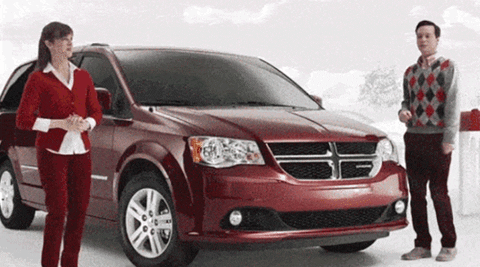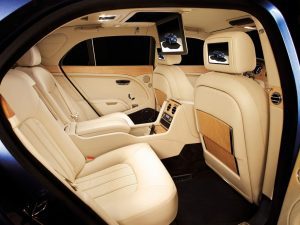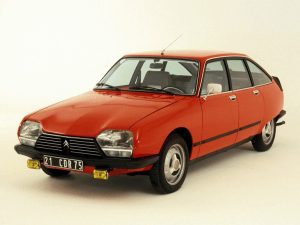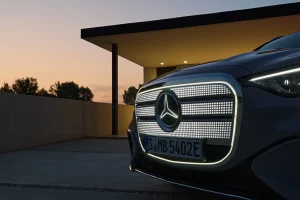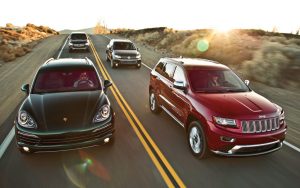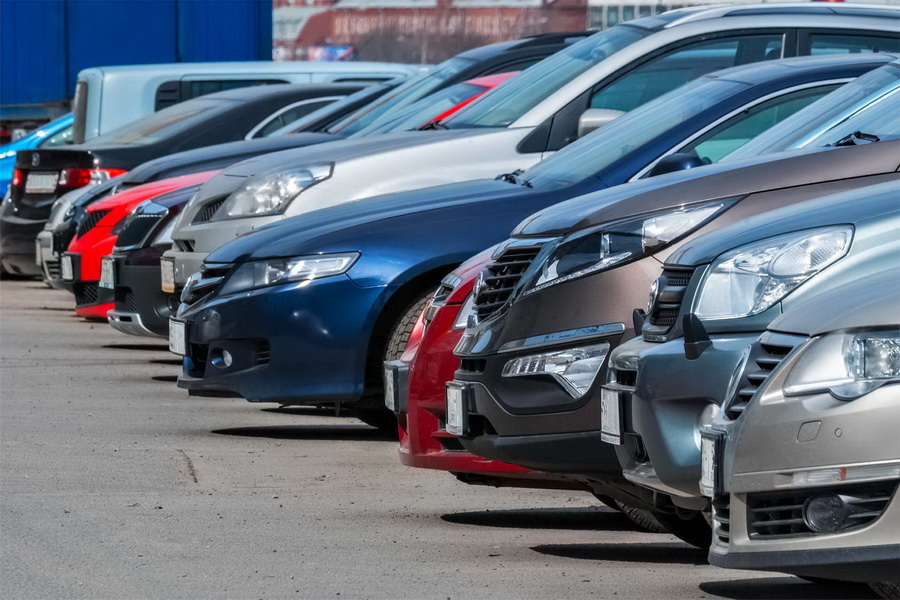
Buying your first car is one of those milestones in life that feels equally thrilling and overwhelming. With so many options on the market, it’s easy to get lost in technical details, price comparisons, and shiny paint colors. Whether you’ve just passed your driving test or are making your first purchase later in life, taking the time to understand your needs will help you make a smarter choice.
1. Start by Defining the Purpose
Before you even think about visiting dealerships or scrolling through online ads, take a step back and ask yourself how you plan to use your car. If you’ll mainly be driving in the city, a small, fuel-efficient hatchback will make parking and navigating traffic much easier. If you’re planning road trips with family or friends, an SUV, wagon, or minivan might be the better choice. And if your work requires transporting goods or tools, you may want to consider a van or pickup truck.
2. Deciding Between New and Used
A new car offers that unbeatable fresh-out-of-the-showroom feeling, complete with modern technology, safety features, and a full warranty. However, new cars also come with a higher price tag and lose value quickly in the first few years. Used cars, on the other hand, are more budget-friendly and already have a few miles (and perhaps a few scratches) on them, meaning you won’t be as stressed over every little ding. If you’re working with a limited budget, a well-maintained used car from a reputable seller can be an excellent starting point.

3. Choosing the Right Size
When it comes to size, your lifestyle should guide your decision. A smaller car is cheaper to run, easier to park, and perfect for city driving. A larger vehicle provides more comfort, storage space, and passenger capacity, but it comes with higher fuel costs, insurance premiums, and maintenance expenses. Think about your daily routes, your parking situation, and how often you’ll need the extra space.
4. Three Doors or Five?
The number of doors might not seem like a big decision, but it can make a real difference in daily use. Three-door cars often look sportier and can be slightly cheaper, but they are less convenient for passengers, especially children, pets, or older family members. Five-door models offer easier access and are generally more practical for everyday life.

5. Picking the Right Fuel Type
The choice between petrol, diesel, hybrid, and electric will largely depend on your driving habits. Petrol engines are well-suited for short, urban journeys and tend to be quieter and smoother. Diesel engines are more fuel-efficient over long distances, making them ideal for high-mileage drivers. Hybrids offer a balance of efficiency and flexibility, while electric cars are perfect for city driving—provided you have access to charging facilities. Estimating your annual mileage will help narrow down the best option for you.
6. Manual or Automatic Transmission?
The debate between manual and automatic gearboxes comes down to personal preference and driving conditions. Manual cars are usually cheaper to buy and can be more engaging for drivers who enjoy feeling in control. Automatics, however, are easier to handle in heavy traffic and more beginner-friendly, making them a popular choice for urban drivers. Keep in mind that certain models may only be available in one transmission type.
7. Choosing the Color
Color might not affect how the car drives, but it can influence your comfort, maintenance, and even resale value. White cars reflect heat well in summer but tend to show dirt quickly. Black cars look elegant and powerful but heat up faster and reveal dust almost instantly. Silver and grey are great for hiding dirt and scratches, while bright colors make your car stand out but may appeal to fewer buyers when it’s time to sell.
As a general rule, the bigger and more complex the car, the more expensive it will be to maintain. For most first-time buyers, a small, fuel-efficient vehicle is a smart choice—it’s easier to maneuver, costs less to run, and helps you gain confidence on the road. Once you’ve built experience, you can always upgrade to a larger, more powerful, or more luxurious model. Whichever car you choose, enjoy the journey, because your first car will always hold a special place in your memories.
